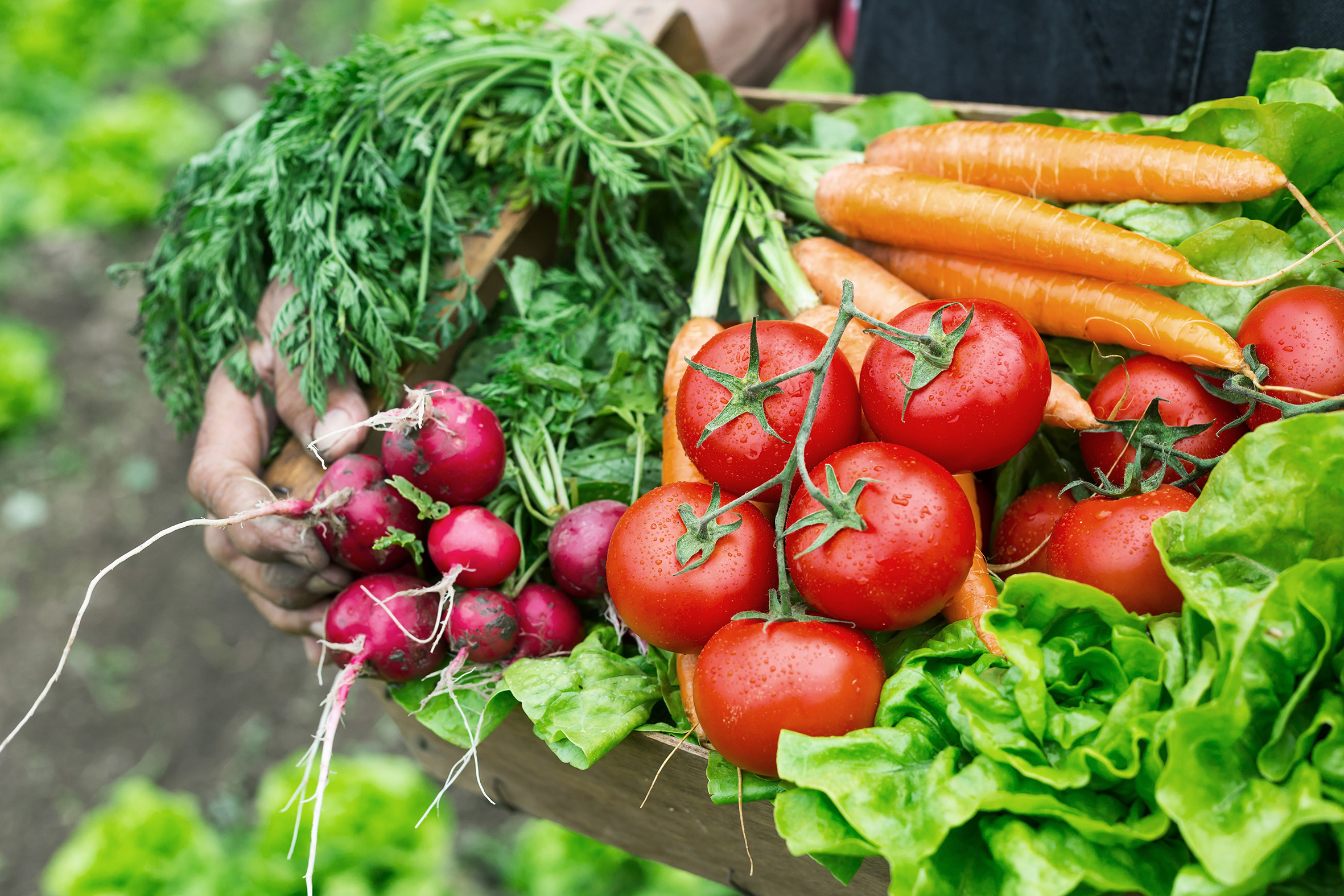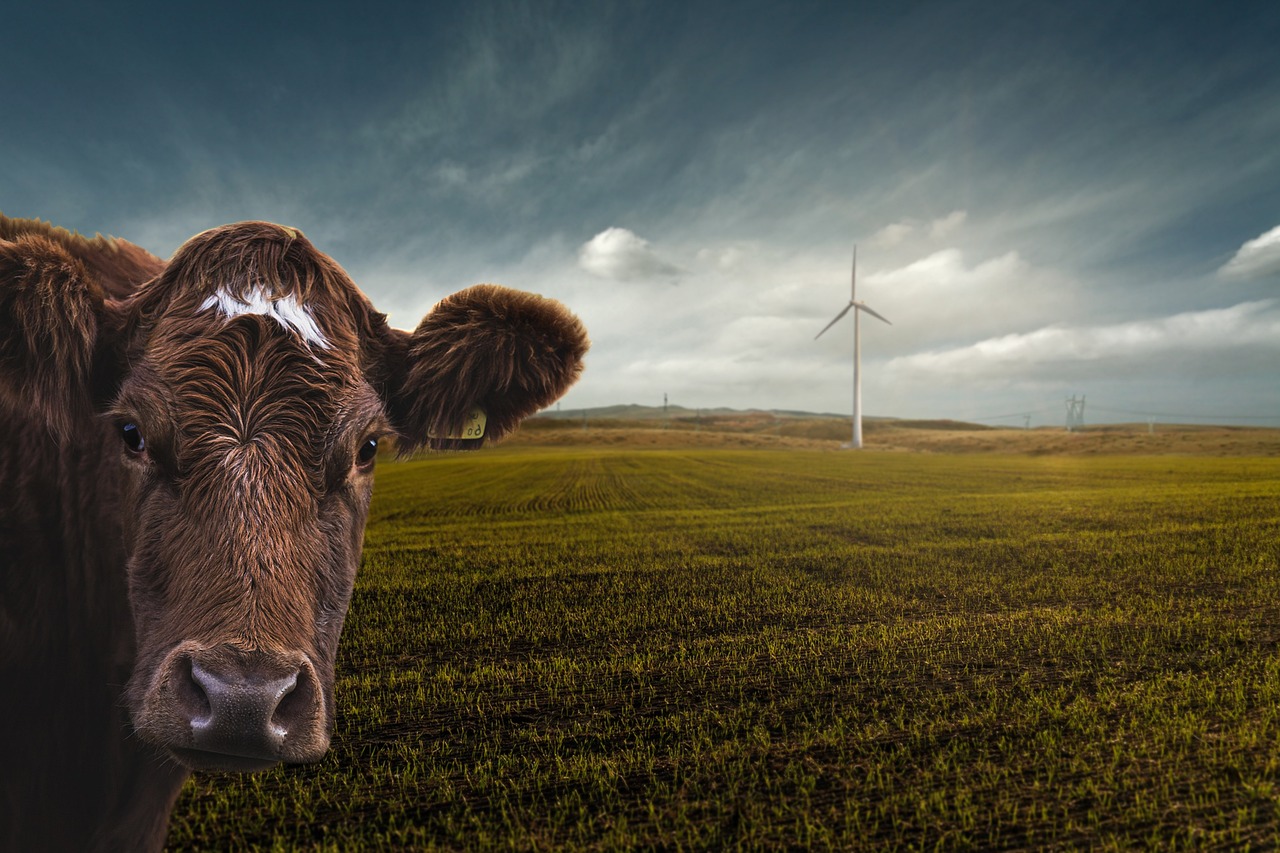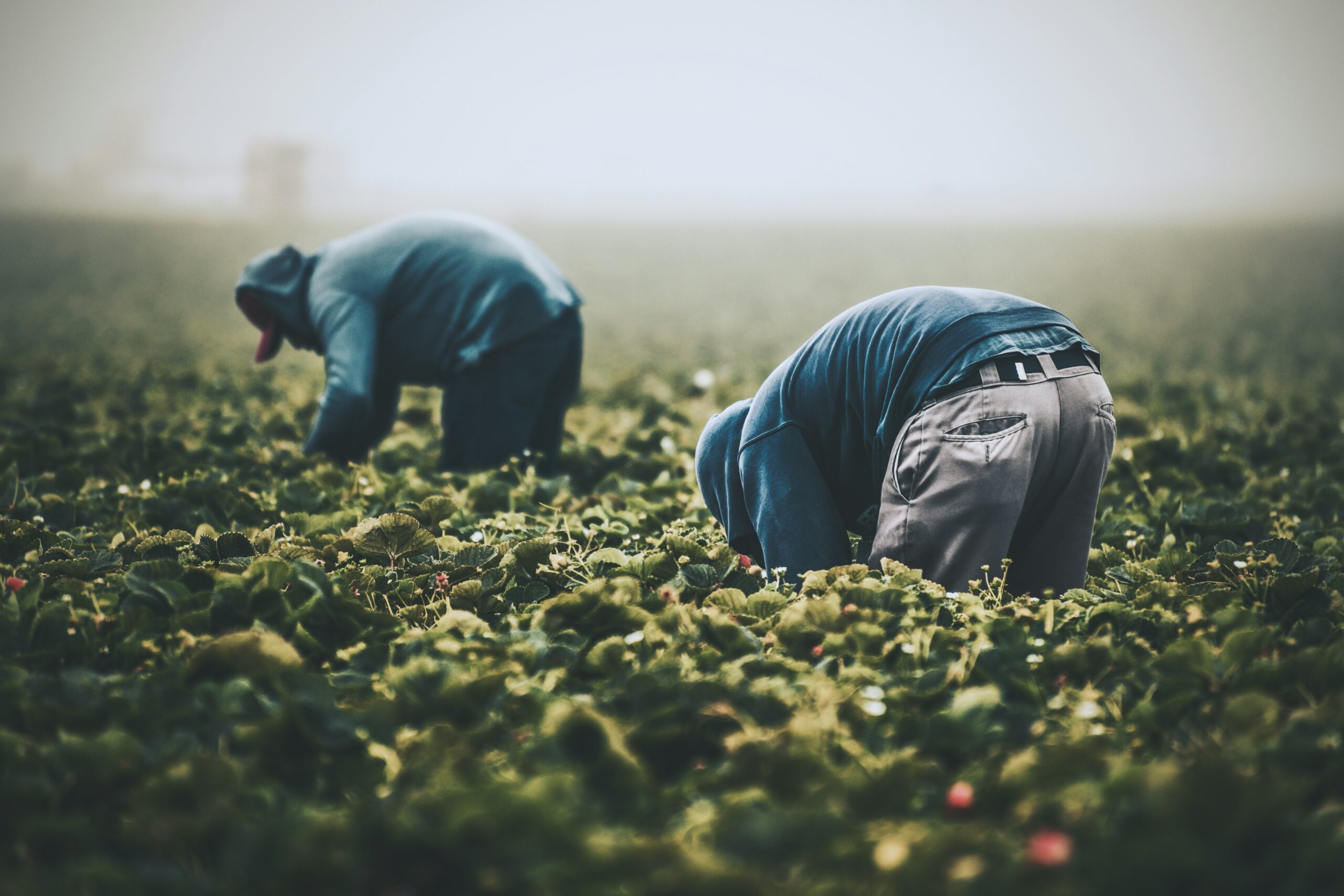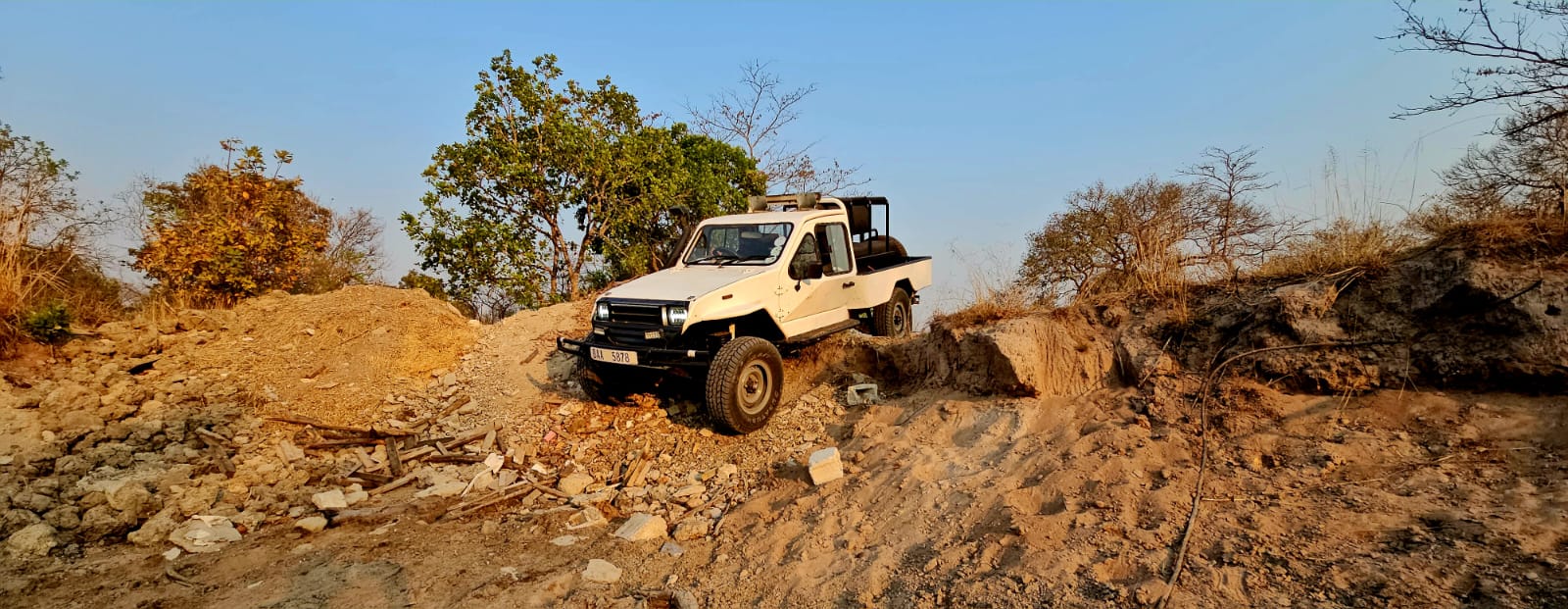Despite massive challenges, South Africa’s economy managed to expand by 0.6% in 2023. With a rebound of 0.1% q/q in the final quarter of 2023, South Africa (SA) avoided a technical recession. While six other sectors of the economy posted growth, the same cannot be said about agriculture which contracted for the second consecutive quarter by plunging by 9.7% q/q in Q4 of 2023 after a -11.7 q/q reading in Q2 according to Statistics South Africa. The overall agriculture’s gross value added for 2023 plummeted by 12.2% y/y.
Although our expectations were still for a slowdown on the back of disease-induced production cuts in the livestock sector, particularly poultry, this magnitude of contraction surprised deeper on the downside. SA’s summer crop harvest was magnificent with maize topping 16.4 million tons (+6% y/y) and soybeans posting a record high of 2.8 million tons for the 2022/23 production season. We saw a similar feat in the sugar subsector which outperformed the previous season by 3% to 18.5 million tons.
While average commodity prices were down across the grain and oilseed complex on a quarterly basis, the were still sharply higher relative to the same period last year. Average yellow maize fell by 5.8% q/q but surged by 15.9% y/y at R3,917/t in Q4 of 2023. Although falling by 11.6% q/q in Q4, average white maize prices were still up by a whopping 18.9% y/y at R4,145/t. Soybeans fell by 1.2% q/q but still 106% higher y/y at R9,261/t. Wheat and sunflower were exceptions with quarterly gains of 10% q/q and 13.5% y/y at R5,990/t for the former and the later advancing by 0.4% q/q and 19.7% y/y at R9,042/t.
Agriculture still surprised on the upside with the total value of export earnings jumping by 3% y/y to US$13.2 billion in 2023. The increase in agriculture exports was underpinned by gains for citrus, maize, apples and pears, nuts, wine, soybeans, sugar, wool, grapes, berries, avocados, and fruit juices. The weaker rand exchange rate enhanced export earnings in addition to better prices for some of the products. Overall, the rand depreciated by 14.2% y/y and all produce benefited although seasonality determined the flow of these products at different times of the year.
The agriculture outlook has turned negative following a relatively good start to the 2023/24 crop season with good rains which saw farmers increasing their planted area for summer crops by 1.2% y/y to 4.4 million hectares. Inclement weather with excessive heat caused a lot of stress and wilting of crops during the critical growth stage thus impacting negatively on potential yields. A lower summer crop harvest will lead to another contraction in agriculture performance in 2024.









